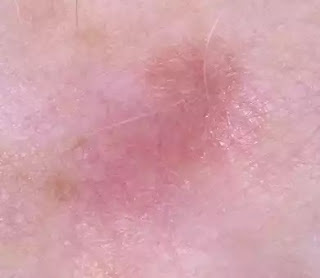Wounds and harmful inflammation provoking experiences impart long lasting memories to stem cells in the skin, teaching them to heal subsequent injuries faster. These stem cells, which replenish the skin’s outer layer take their cue from the body’s response to injury or infection.
The first bout of inflammation sensitizes these cells: the next time they sense it coming, they respond more rapidly. Skin can form memories of an inflammatory response, enhancing responsiveness to inflammation, these memories help the skin maintain its integrity, a feature that is beneficial in healing wounds after an injury.
Whether burned by the sun, attacked by microbes, nicked by a cut, the skin quickly becomes inflamed, swollen, and painful as the body seeks to stop the damage and initiate repair. The immune system maintains a memory of inflammation to mount faster responses to recurrent infections.
Skin is the body’s protective barrier, most of the cells in the skin’s outermost layer, the epithelium, don’t stick around long enough to form such memories but they migrate up through the epithelium and eventually slough off. Deeper within the epithelium, however, reside the stem cells that are responsible for continually replenishing it. These stem cells remain in place long after the skin has recovered from inflammation; and this experience changes the skin.
In experiments with mice, researchers showed that wounds closed more than twice as fast in skin that had already experienced inflammation than in skin that had never been damaged even if the initial inflammatory experience had occurred as long as six months earlier, inflammation-experienced stem cells were better at moving into the wound to repair the breach.
Inflammation triggers a process that physically opens up distinct sites within the cell’s chromosomes, making certain genes accessible for activation. Some of these sites remain open long after the skin has recovered, allowing the genes to be turned on faster during a second round of inflammation.
A gene called Aim2, which encodes damage-and-danger sensing protein, appeared particularly crucial: an initial bout of inflammation prompts a sustained increase in its expression. A second assault quickly activates the protein, resulting in the production of an inflammatory signal that boosts the stem cells’ ability to migrate into the wound.
haleplushearty.blogspot.com


